Snowberry Companion Plants That Will Make Your Garden Sing
Snowberry Companion Plants That Will Make Your Garden Sing
Snowberry (Symphoricarpos spp.) is a versatile shrub that can be found in gardens all over the world. It is known for its white or pink flowers, which bloom in early summer, and its white berries, which persist through the winter. Snowberry is a low-maintenance plant that is drought-tolerant and deer-resistant. It is also a magnet for wildlife, attracting birds, butterflies, and other pollinators.
If you are looking to add snowberry to your garden, there are a few companion plants that will help to make it sing. Here are a few of our favorites:
- Coralberry: Coralberry (Symphoricarpos orbiculatus) is a close relative of snowberry, and it shares many of the same characteristics. Coralberry has pink or red berries, which make a beautiful contrast to the white berries of snowberry. Coralberry also blooms a bit later than snowberry, so you can enjoy its flowers and berries for a longer period of time.
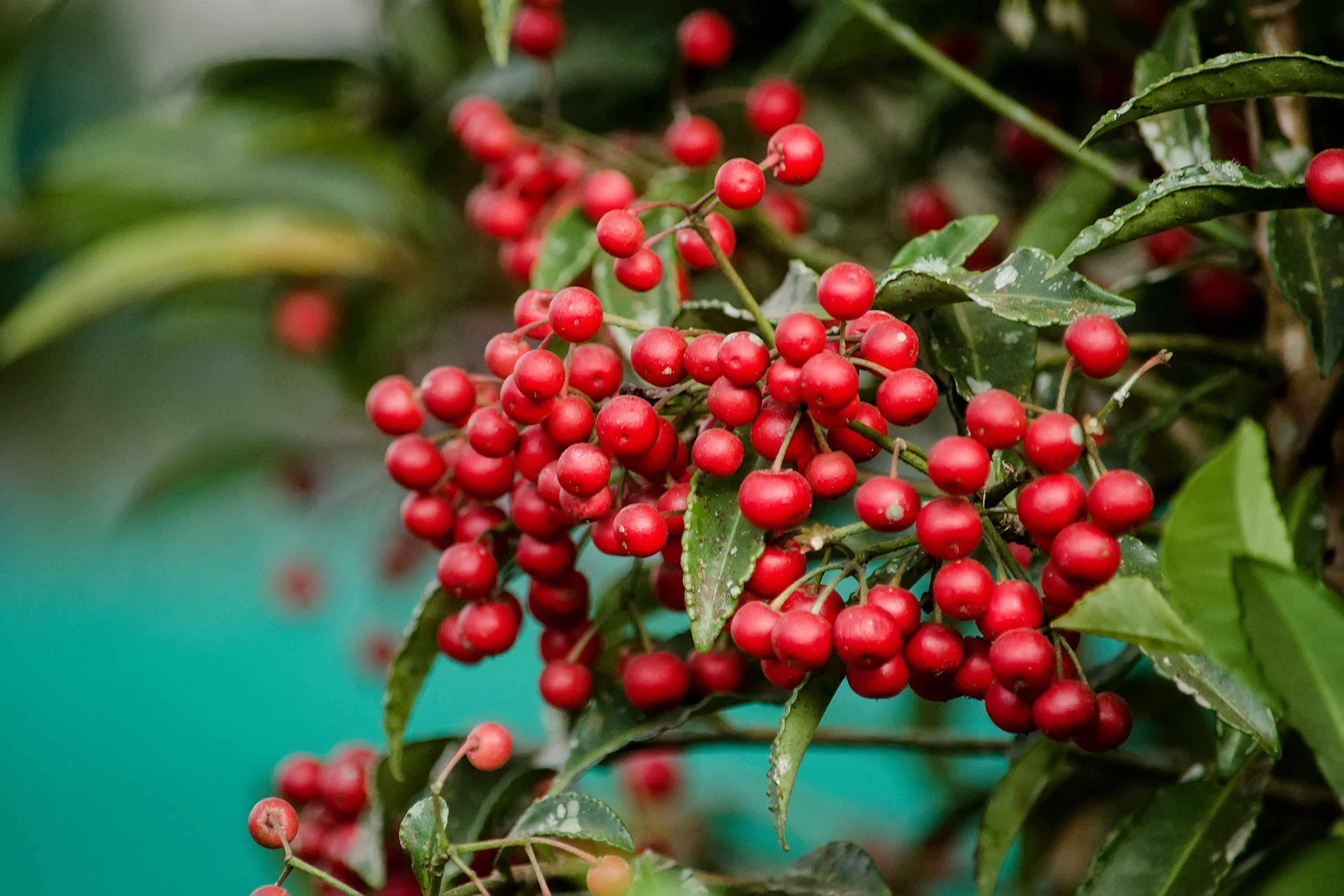
- Ninebark: Ninebark (Physocarpus opulifolius) is a deciduous shrub that is known for its showy white flowers and exfoliating bark. Ninebark is a good companion for snowberry because it blooms at the same time, and its flowers provide nectar for pollinators. Ninebark is also a good choice for shady areas, as it can tolerate some shade.
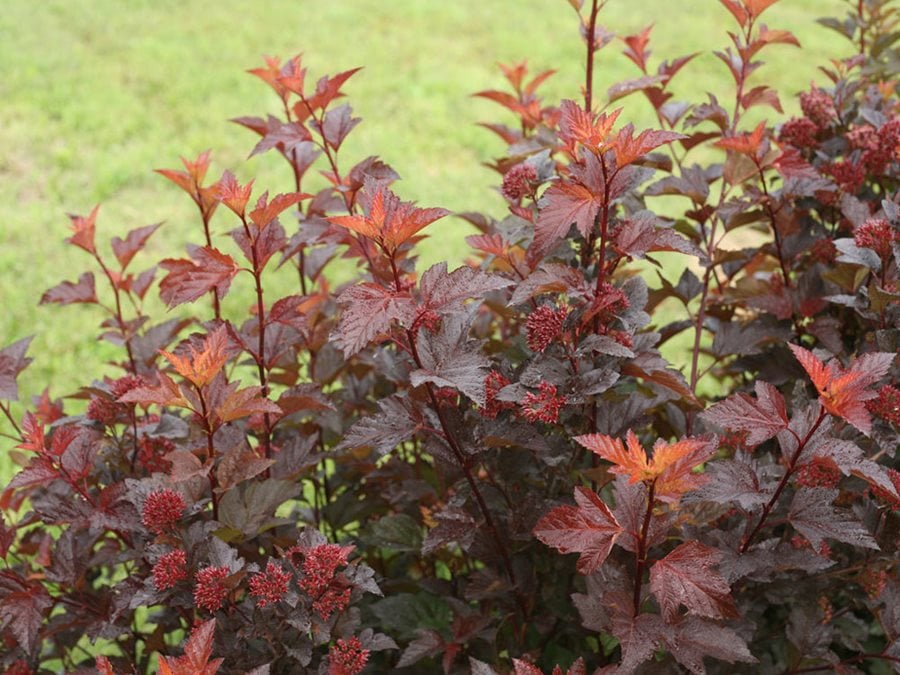
- Bluebeard: Bluebeard (Caryopteris x clandonensis) is a hardy shrub that is known for its blue flowers. Bluebeard blooms in late summer and fall, so it can help to extend the color season in your garden. Bluebeard is a good companion for snowberry because it has similar water and soil requirements.
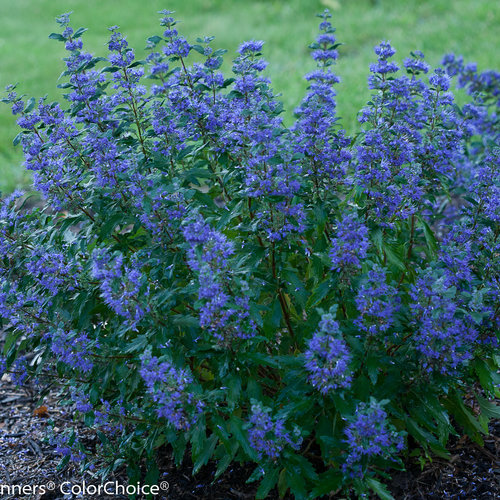
- Black-eyed Susan: Black-eyed Susan (Rudbeckia hirta) is a tall, easy-to-grow perennial that is known for its yellow flowers with black centers. Black-eyed Susan blooms in summer, so it can help to fill in the space between snowberry shrubs. Black-eyed Susan is also a good choice for pollinator gardens, as it attracts bees, butterflies, and other insects.
- Sedum: Sedum is a genus of succulent plants that come in a variety of colors, including green, purple, and yellow. Sedum is a good companion for snowberry because it is drought-tolerant and can thrive in poor soil. Sedum also blooms in summer, so it can help to extend the color season in your garden.

These are just a few of the many companion plants that you can use with snowberry. When choosing companion plants, it is important to consider the size, color, and bloom time of the plants. You also want to make sure that the plants have similar water and soil requirements.
With a little planning, you can create a beautiful and inviting garden that features snowberry and its complementary companions.
Snowberry is a beautiful shrub that can add year-round interest to your garden. In the spring, it blooms with delicate pink flowers. In the summer, its foliage turns a bluish-green color. And in the fall, it produces clusters of white berries that are a favorite of birds.
If you're thinking about adding snowberry to your garden, you'll want to choose companion plants that will complement its beauty. Some good choices include:
- American black currant: This shrub has edible berries that are a good source of vitamin C.
- Meadowsweet: This perennial wildflower has clusters of white flowers that bloom in the summer.
- Glossy black chokeberry: This shrub has dark purple berries that are a good source of antioxidants.
- American elderberry: This shrub has edible berries that can be made into wine, jelly, or syrup.
- Ping Pong™ buttonbush: This shrub has clusters of pink flowers that bloom in the summer.
For more information about snowberry companion plants, you can visit Gardenia Inspiration. This website has a comprehensive list of plants that can be grown with snowberry, as well as tips on how to create a beautiful and harmonious landscape.
FAQ of snowberry companion plants
What are some good companion plants for snowberries?
Snowberries are versatile plants that can be paired with a variety of other plants. Some good companion plants include:
- Lilacs: Lilacs and snowberries both have a long bloom time, so they can be planted together to create a beautiful display of flowers.
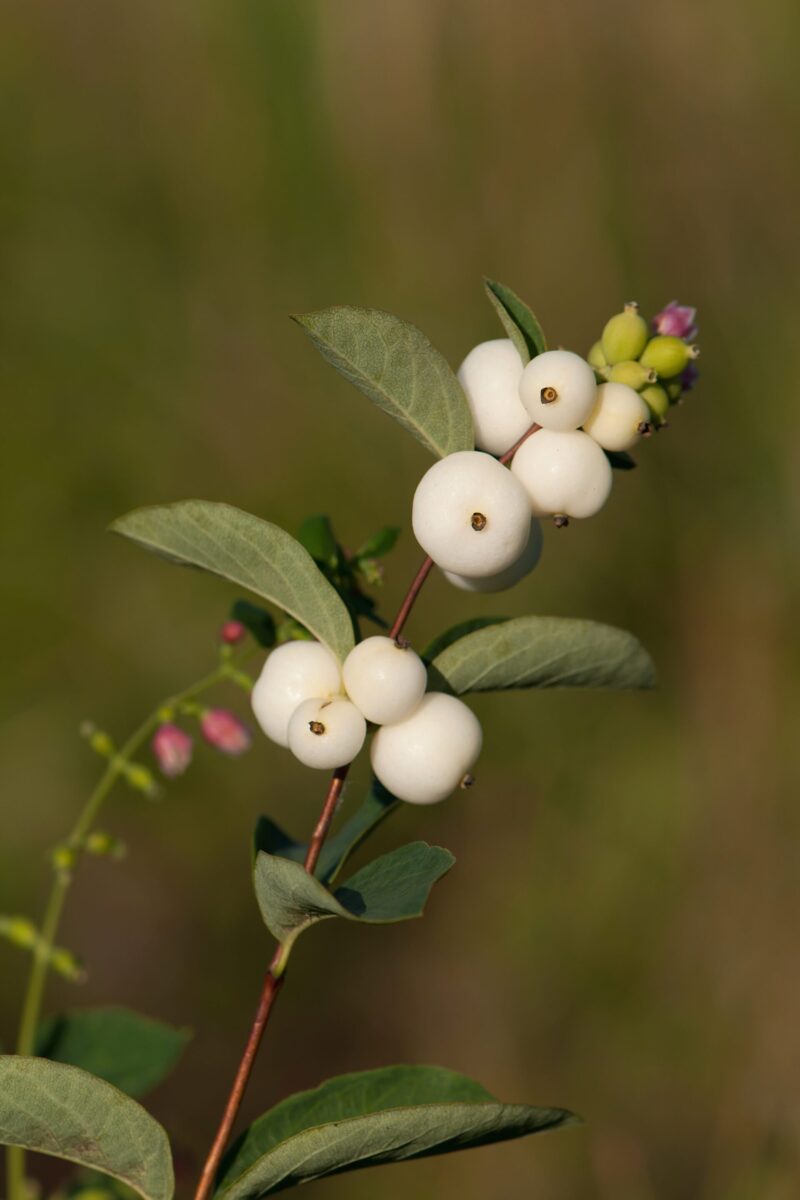
- Raspberries: Raspberries and snowberries can be planted together to create a hedge or border. The raspberries will provide some shade for the snowberries, and the snowberries will help to deter pests from the raspberries.

- Ferns: Ferns and snowberries can be planted together to create a shady, woodland garden. The ferns will help to keep the soil moist, and the snowberries will provide some color and interest during the winter months.

- Hostas: Hostas and snowberries can be planted together to create a lush, green border. The hostas will provide some contrast to the snowberries, and the snowberries will help to deter pests from the hostas.
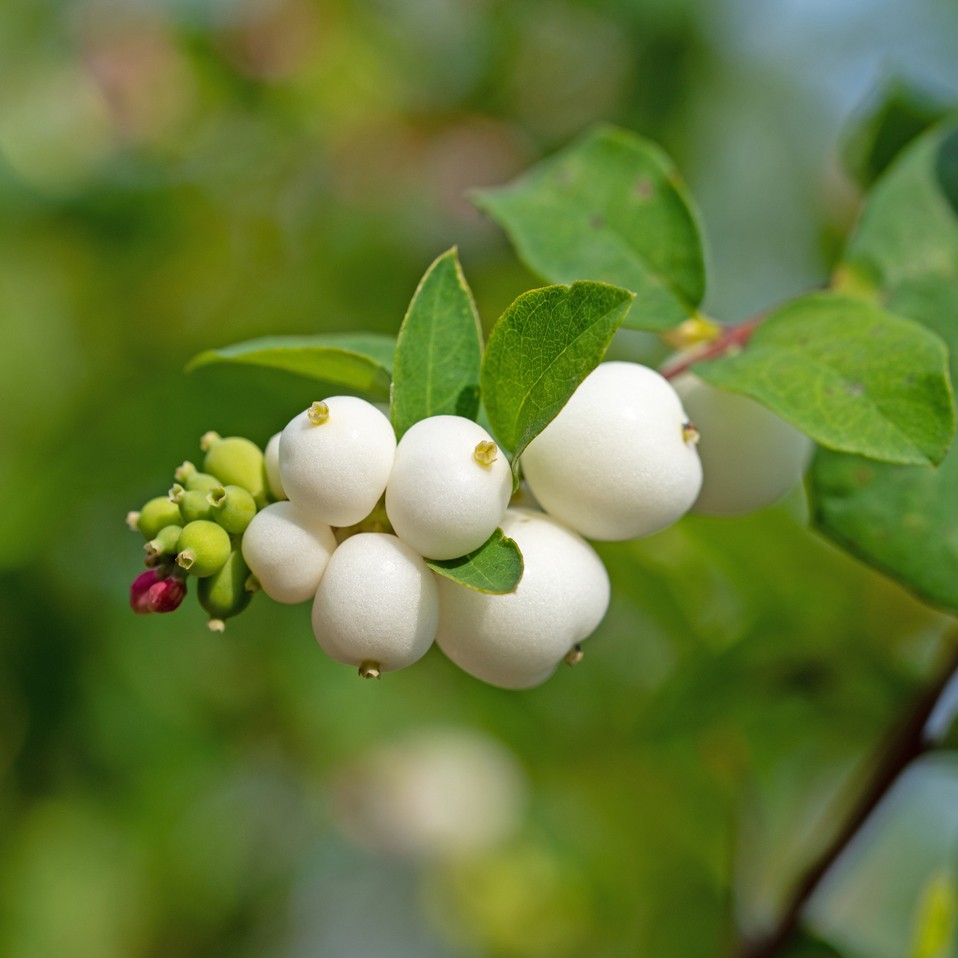
- Astilbe: Astilbe and snowberries can be planted together to create a colorful border. The astilbe will bloom in the summer, and the snowberries will bloom in the fall.
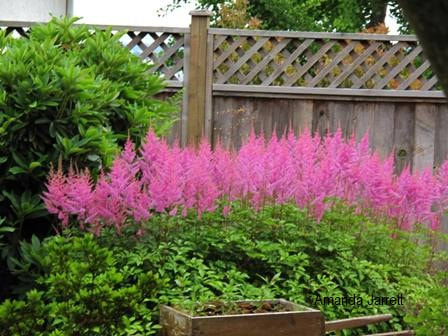
What are the benefits of companion planting with snowberries?
There are several benefits to companion planting with snowberries. These include:
- Attracting pollinators: Snowberries attract a variety of pollinators, such as bees, butterflies, and hummingbirds. These pollinators are important for the pollination of other plants in the garden.
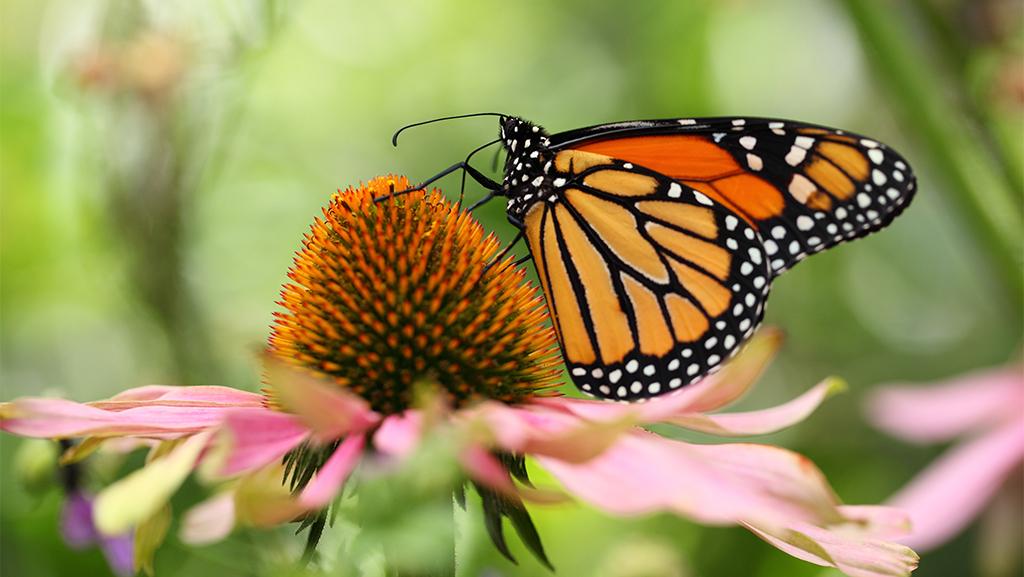
- Disease and pest control: Some companion plants can help to deter pests from snowberries. For example, planting lavender near snowberries can help to repel deer.
- Improved soil quality: Some companion plants can help to improve the soil quality around snowberries. For example, planting comfrey near snowberries can help to add nutrients to the soil.
- Enhanced beauty: Companion planting can help to create a more beautiful and interesting garden. By pairing different plants together, you can create a garden that is both functional and aesthetically pleasing.
What are some things to keep in mind when companion planting with snowberries?
When companion planting with snowberries, there are a few things to keep in mind:
- Consider the growth habits of the plants: Some plants, such as raspberries, can become invasive. It is important to choose companion plants that will not crowd out the snowberries.
- Consider the sun and shade requirements of the plants: Snowberries can tolerate a variety of light conditions, but they prefer full sun. It is important to choose companion plants that have similar light requirements.
- Consider the soil conditions of the site: Snowberries are not particularly fussy about soil, but they prefer well-drained soil. It is important to choose companion plants that will tolerate the same soil conditions.
What are some common mistakes people make when companion planting with snowberries?
Some common mistakes people make when companion planting with snowberries include:
- Not considering the growth habits of the plants: This can lead to one plant becoming invasive and crowding out the other.
- Not considering the sun and shade requirements of the plants: This can lead to one plant getting too much or too little sun, which can stunt its growth or even kill it.
- Not considering the soil conditions of the site: This can lead to one plant not being able to get the nutrients it needs, which can also stunt its growth or even kill it.
Image of snowberry companion plants
- Astilbe: Astilbe is a shade-loving perennial that blooms in early summer with delicate pink, white, or purple flowers. It is a good companion plant for snowberry because it will help to fill in the space underneath the snowberry's branches.
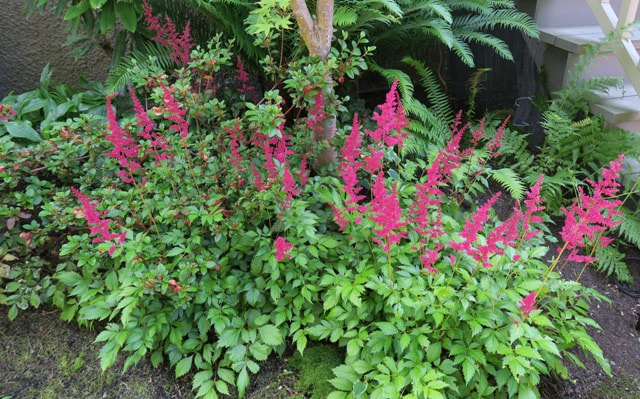
- Hosta: Hostas are another shade-loving perennial that blooms in early summer with white, lavender, or blue flowers. They are a good companion plant for snowberry because they have similar moisture and soil requirements.

- Brunnera: Brunnera is a shade-tolerant perennial that blooms in early spring with blue flowers. It is a good companion plant for snowberry because it will help to add some early color to the garden.
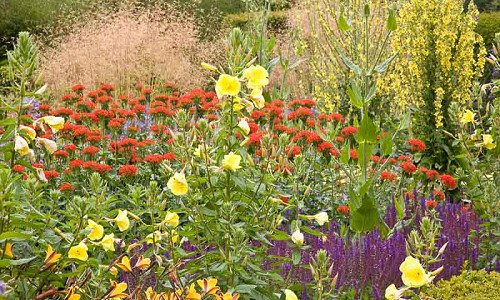
- Heuchera: Heucheras are a type of hardy perennial that comes in a variety of colors, including red, orange, pink, and yellow. They are a good companion plant for snowberry because they will help to add some color contrast to the garden.

- Dicentra: Dicentra is a spring-blooming perennial that has delicate pink or white flowers. It is a good companion plant for snowberry because it will help to add some height and interest to the garden.
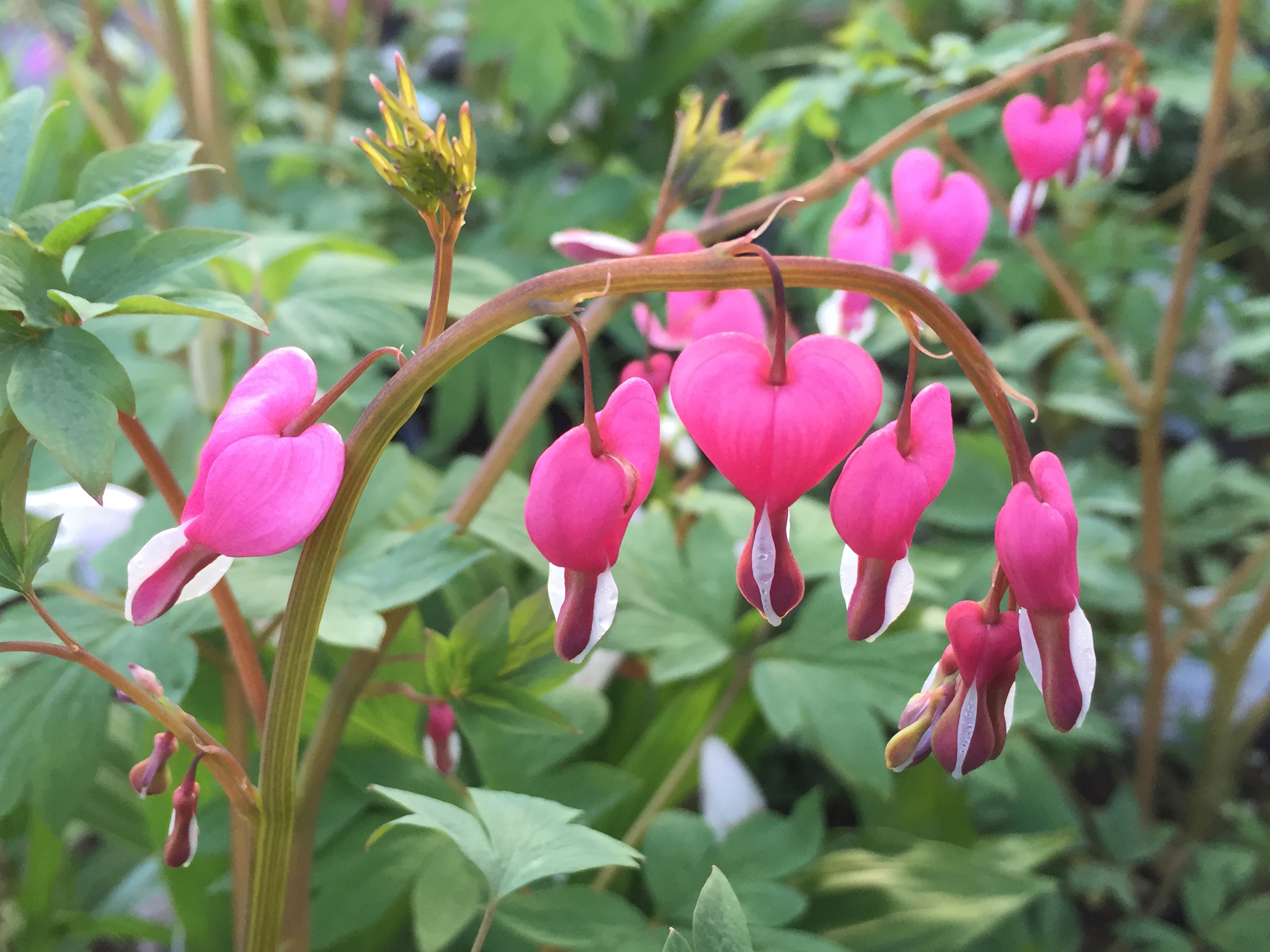
Post a Comment for " Snowberry Companion Plants That Will Make Your Garden Sing"